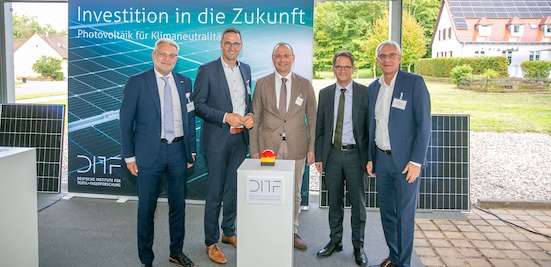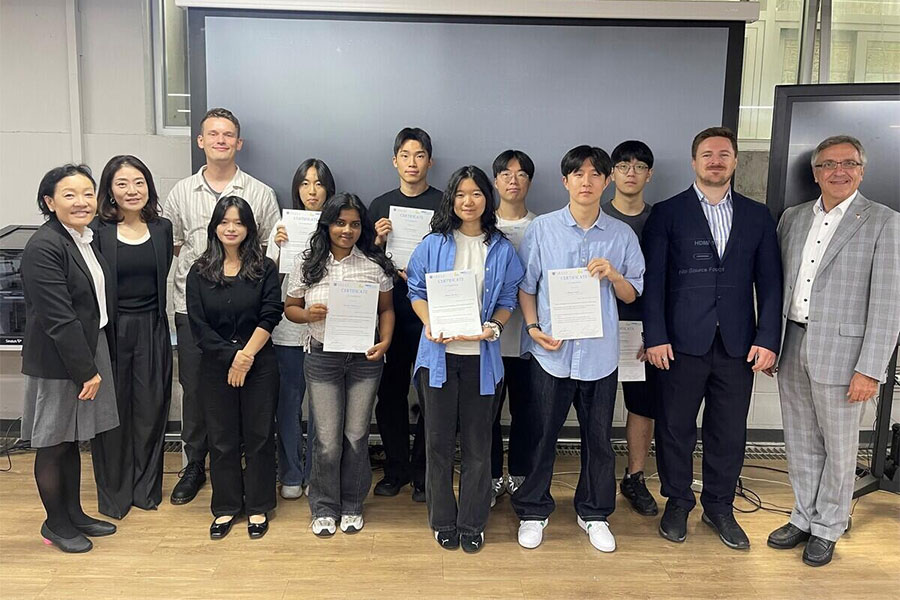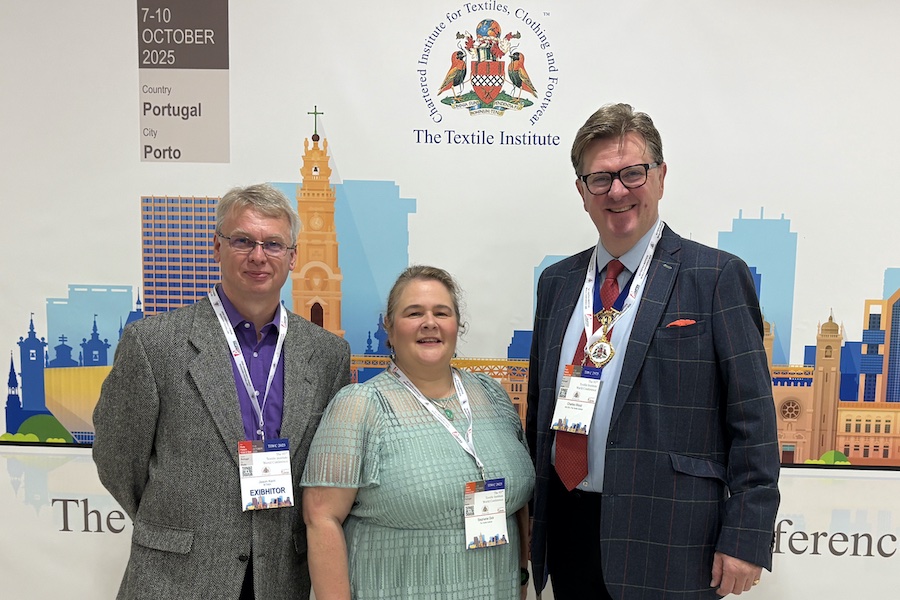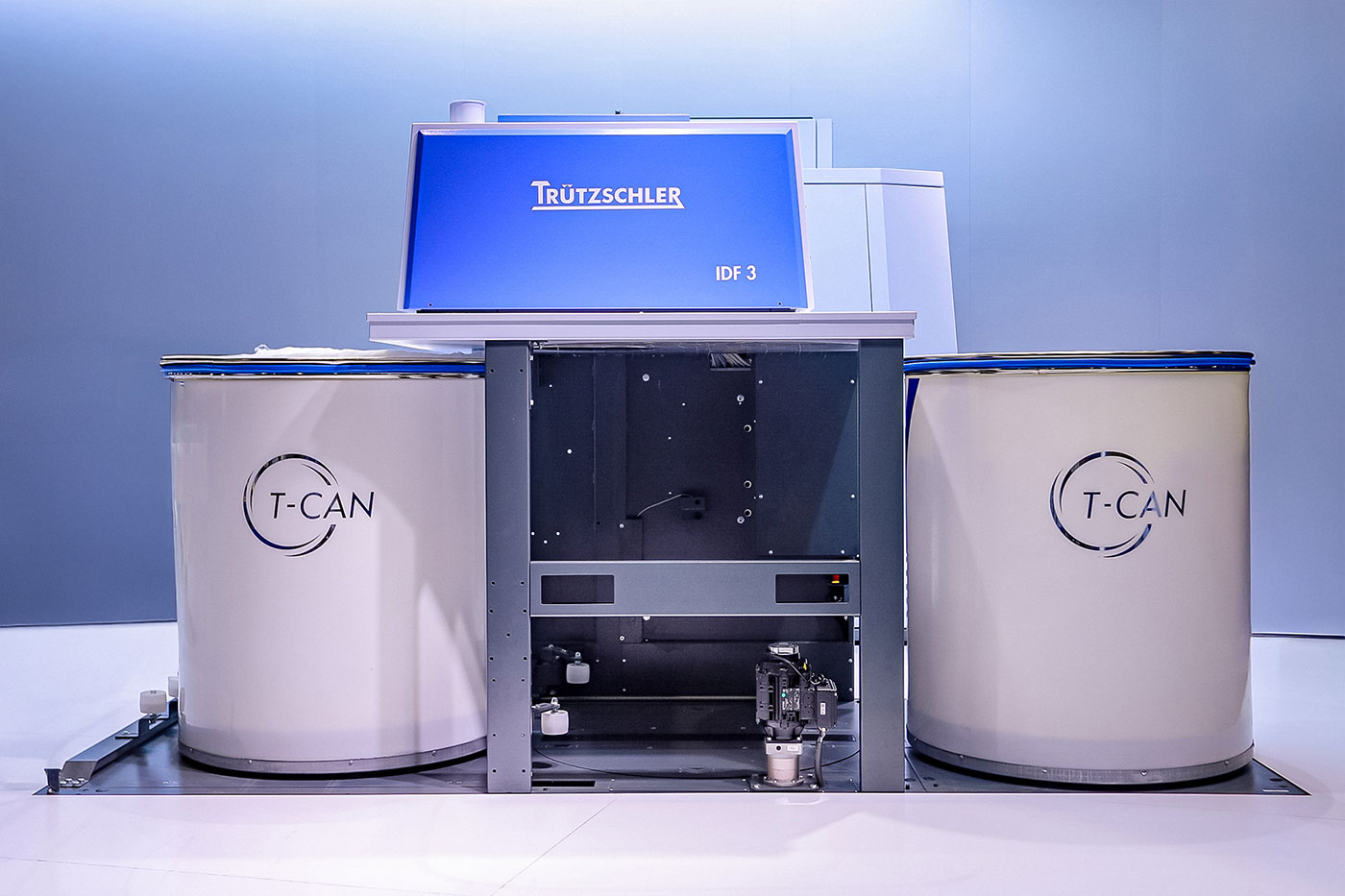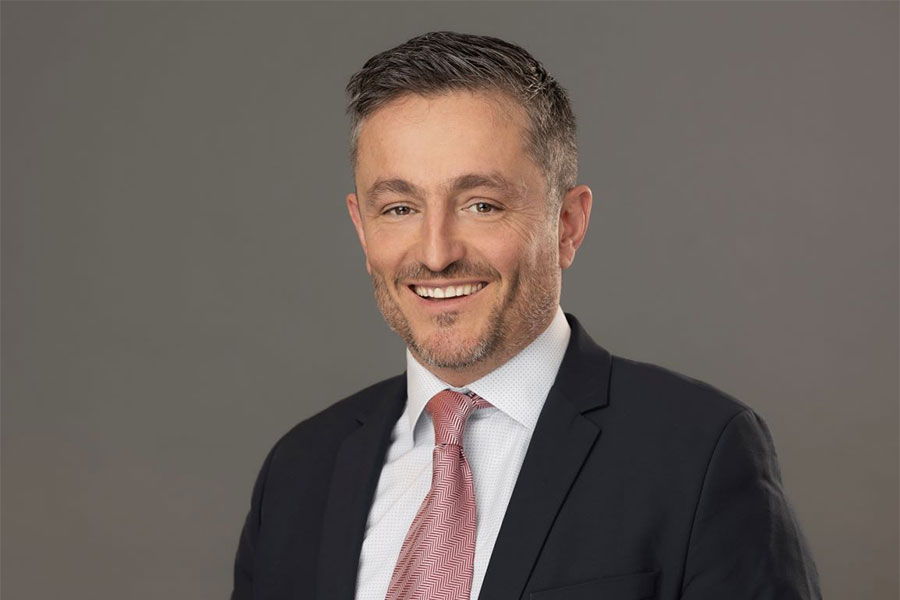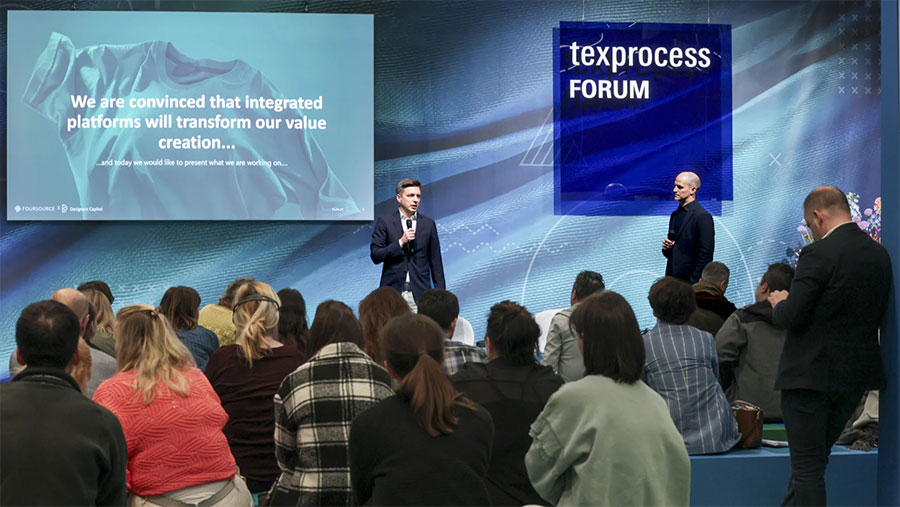#Research & Development
Carpets - flame retardant and yet recyclable
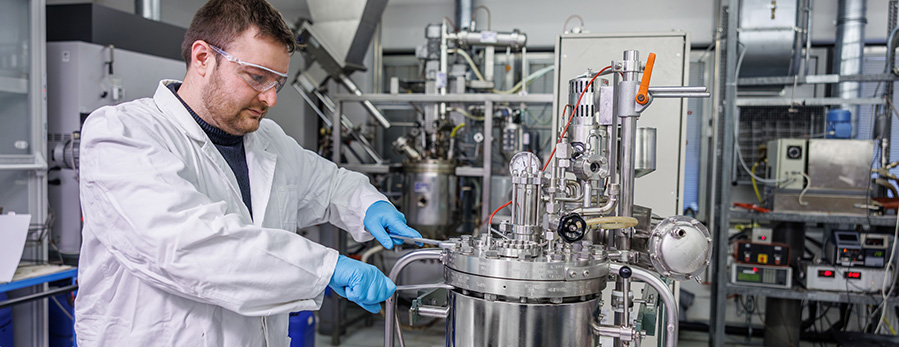
The German Institutes of Textile and Fiber Research (DITF) and the Institut für Bodensysteme (TFI) have developed a concept that reduces the amount of flame retardants in the carpet yarns - while maintaining the same high level of flame retardancy. The structure of the textile product is optimized for material recycling.
The newly designed carpet yarn is made of flame-retardant polyamide 6 (PA6) and will be fully recyclable. The PA6 has been equipped with intrinsic flame retardancy. This means that the flame-retardant chemical, in this case a phosphorus compound, is not applied to the surface of the fibers, but is chemically bound to the molecular structure of the PA6. As a result, the flame retardant is permanent and cannot be washed out or emitted into the environment. The concept of intrinsic flame retardancy is not new. It was developed at the DITF around ten years ago, but has since been optimized: The polyamides used in the current research project have been precisely adjusted in terms of their viscosity and phosphorus content. As a result, the two requirements for spinnability and high flame retardancy, which are difficult to reconcile, were fully met.
The new material is spun into fibers on a bicomponent spinning machine at the DITF pilot plant. This way, so-called bicomponent fibers are produced, which have a core of conventional polyamide and a sheath of PA6 with a highly concentrated flame retardant. On the one hand, the core and sheath components of the fibers complement each other perfectly: the fiber core ensures good technical spinnability and sufficient strength of the fibers. The sheath, on the other hand, contains the flame retardant exactly where temperature and flames attack: on the surface of the fiber. The phosphorus content of about 0.2% by weight is precisely adjusted so that the fiber sheath is not flammable. As a side effect, the yarn is cheaper to produce because the expensive flame retardant is only added to part of the fiber volume. Flame tests in DITF's own laboratories verify the flame retardant effect and help to determine the optimum level of flame retardant.
The second aspect of the research project deals with the production and recyclability of the carpet. On the one hand, this involves separating the flame-retardant top layer of the carpet from the textile backing. On the other hand, this will provide proof that the materials are fully recyclable.
Using the polymers and bico-yarns produced at the DITF, the project partner TFI is developing the carpet with a top layer of flame-retardant modified multifilament yarn and the textile backing. The backing coating is designed to allow thermal separation of the backing from the flame-retardant top layer. Hot melt adhesives are used for this purpose and their flammability is also taken into account. The TFI determines the flammability of the textile products. The separability of the top layer and the backing is verified in laboratory tests.
The research project will allow to render the production of commercial carpets more cost-effective and environmentally friendly.



